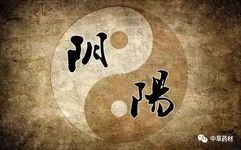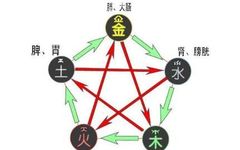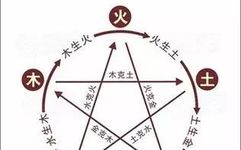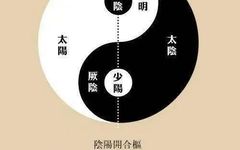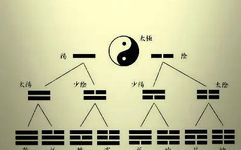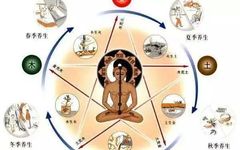Understanding the Interactions of the Five Elements: Not as Complex as You Think!
Question 1. What are the concepts of mutual generation and mutual restraint? Answer: Mutual generation (相生, xiāng shēng) is a term from the theory of the Five Elements, referring to the relationships of generation and restraint among metal, wood, water, fire, and earth. Ancient Chinese believed that these five substances have a mutually nurturing and … Read more


